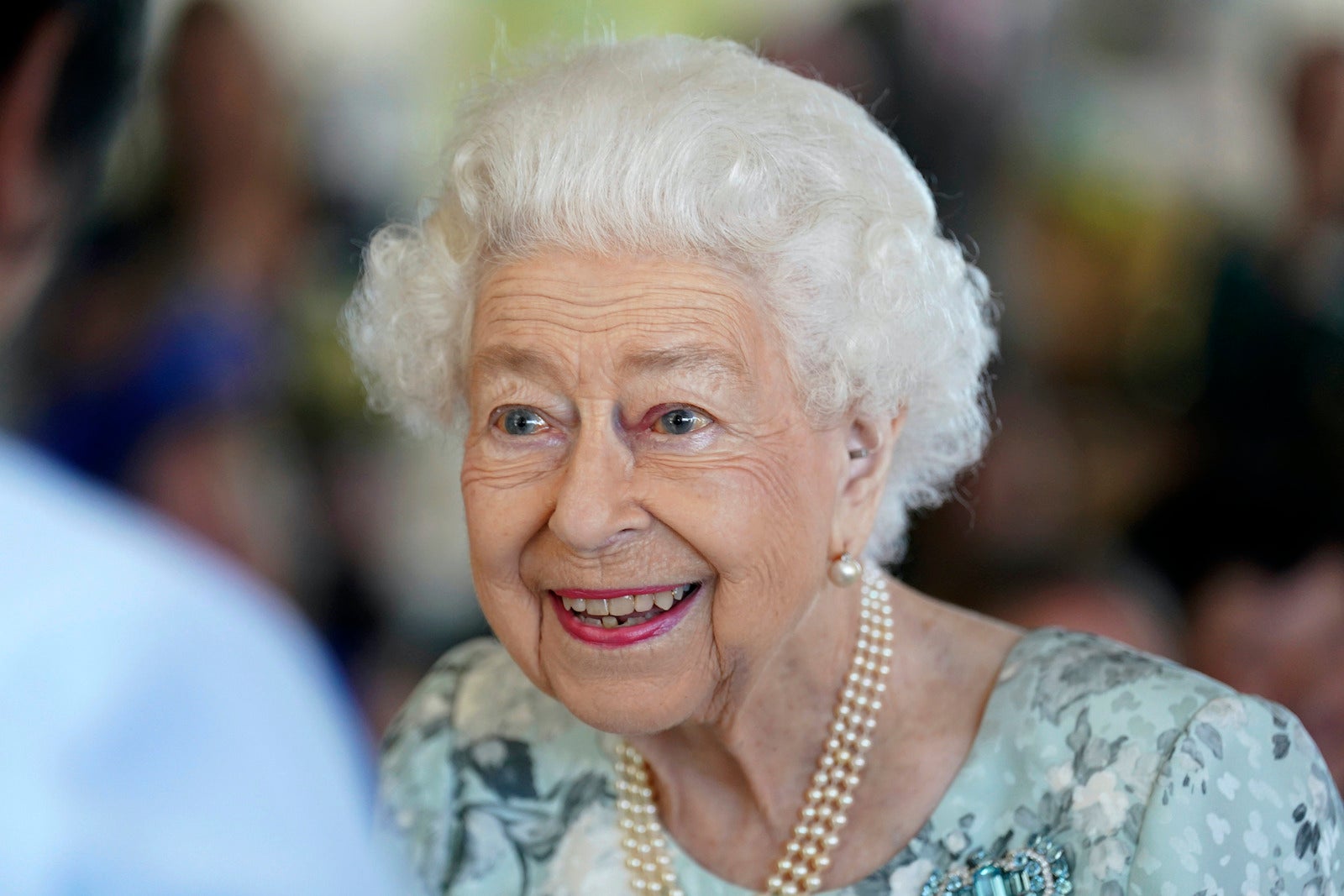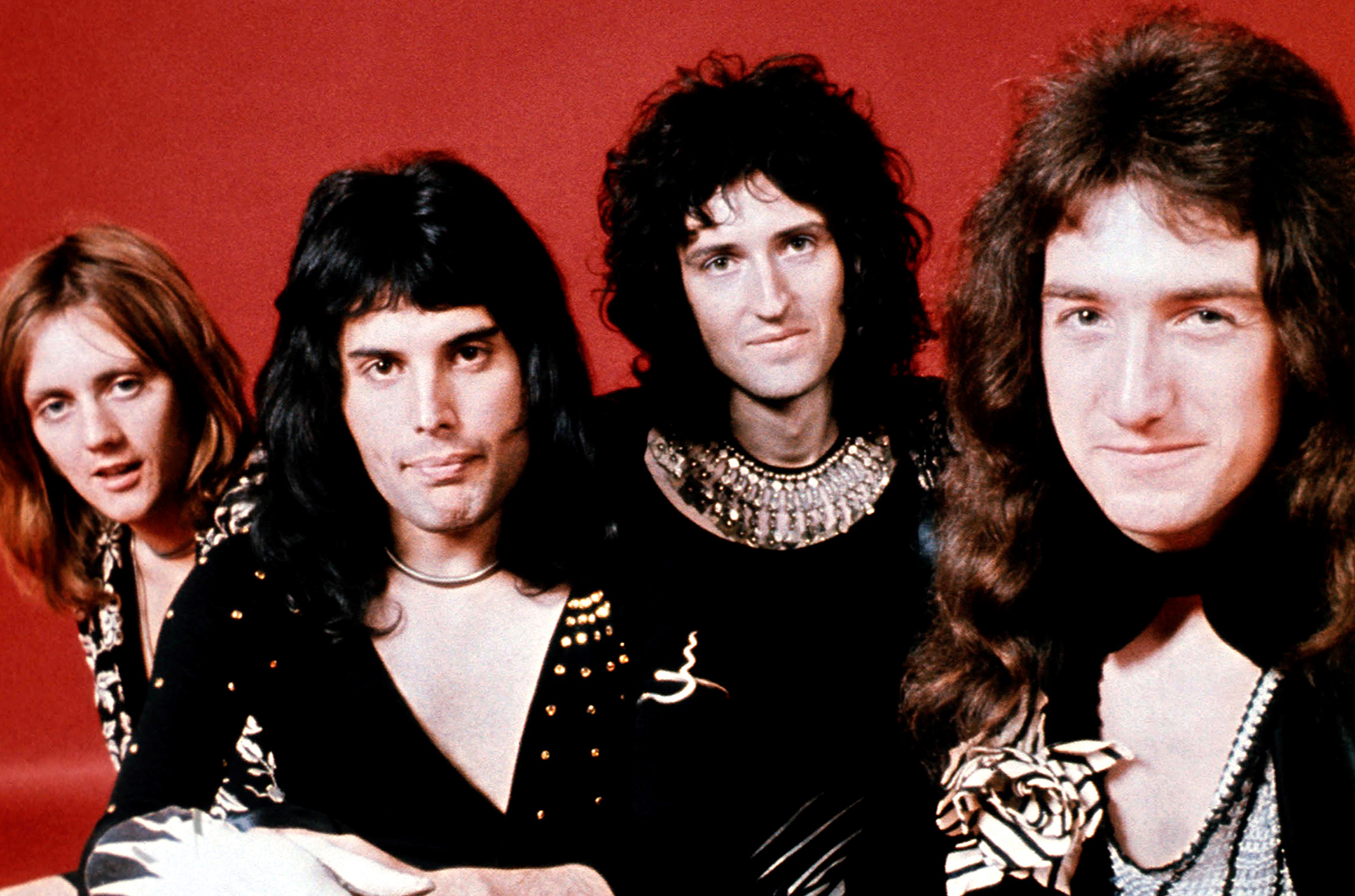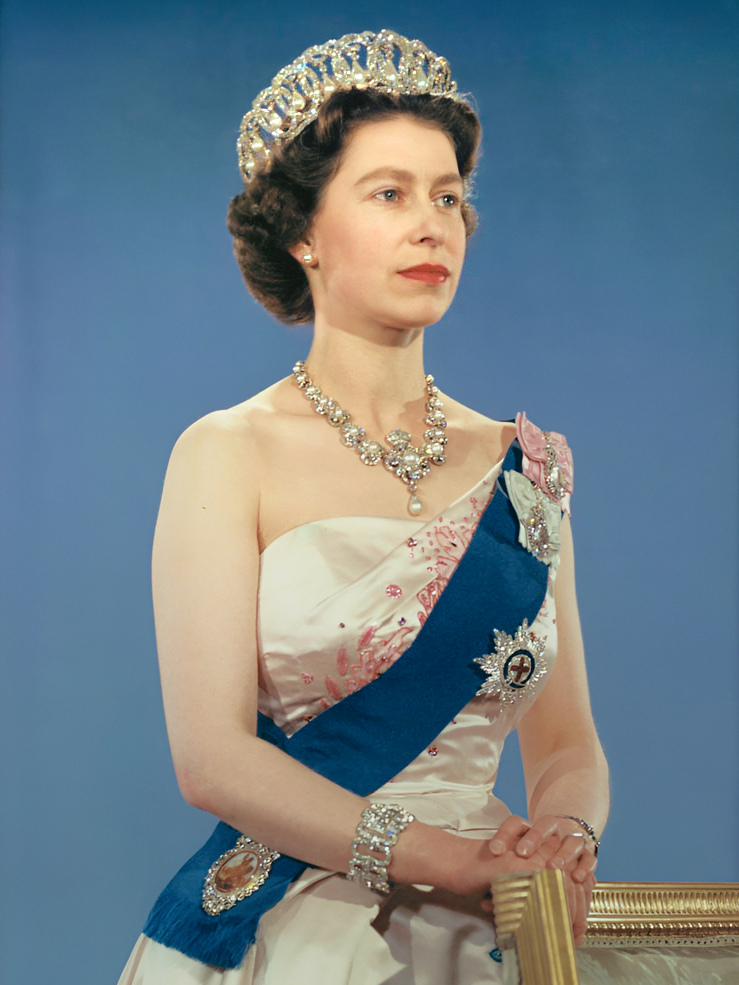Have you ever wondered about the physical presence of historical figures, particularly someone as impactful as Queen Victoria? It's a rather common thing to think about, you know, when you picture someone so prominent. For a ruler who shaped an entire era, her personal attributes, even something as straightforward as her physical size, often become points of curiosity for people looking back. It's almost as if knowing these little details helps us feel a bit closer to them, making history feel less like distant facts and more like stories about real individuals.
When we picture Queen Victoria, many of us might call to mind formal portraits or perhaps the grand, imposing image of a monarch. But what about the person behind the crown? Her physical build, particularly her standing measurement, is something that often comes up in conversations about her. It's interesting how such a small detail can spark so much interest, isn't it? People often wonder if her personal physical characteristics matched the immense power she wielded over her long reign, which is a pretty natural question to ask, I think.
This article aims to shed some light on that very question, exploring the true facts about Queen Victoria's height and how it might have played a part in her public image or even her daily life. We'll look at what was known during her time and consider why this particular detail continues to fascinate us today. So, let's explore this aspect of her life, shall we?
Table of Contents
- Early Life and Royal Beginnings
- How Tall Was Queen Victoria, Really?
- Unpacking the Details of Queen Victoria's Height
- What Did People Say About Queen Victoria's Height?
- Contemporary Views on Queen Victoria's Height
- Did Queen Victoria's Height Affect Her Rule?
- The Impact of Her Stature on Public Perception
- Was Queen Victoria's Height a Disadvantage?
- Queen Victoria's Legacy - Beyond Her Physical Size
- The Enduring Image of Queen Victoria's Height
- Why Does Queen Victoria's Height Still Matter Today?
Early Life and Royal Beginnings
Victoria, born Alexandrina Victoria, arrived in the world on May 24, 1819, at Kensington Palace in London. Her early years were, in a way, quite sheltered, with her mother, the Duchess of Kent, keeping a close watch. She was the daughter of Prince Edward, Duke of Kent and Strathearn, who was the fourth son of King George III. Her mother was Princess Victoria of Saxe-Coburg-Saalfeld. It's a rather interesting fact that she was born fifth in line to the throne, but a series of deaths among her uncles meant she ascended to the crown much earlier than anyone might have predicted. She became queen at the tender age of 18, on June 20, 1837. This sudden shift from a relatively quiet upbringing to the head of a vast empire must have been quite a transition, don't you think?
Her reign, which lasted for 63 years and seven months, was, more or less, the longest of any British monarch until Queen Elizabeth II. This period, often called the Victorian era, saw tremendous change and expansion for the British Empire. She married her first cousin, Prince Albert of Saxe-Coburg and Gotha, in 1840, and they had nine children together. Her personal life, including her deep mourning after Albert's death, significantly shaped her public persona and, in some respects, the nation's mood. Her life story is a rich tapestry of personal moments and grand historical events, which is why people are still so fascinated by it today.
Personal Details and Bio Data of Queen Victoria
| Full Name | Alexandrina Victoria |
| Born | May 24, 1819 |
| Place of Birth | Kensington Palace, London, England |
| Died | January 22, 1901 (aged 81) |
| Place of Death | Osborne House, Isle of Wight, England |
| Reign | June 20, 1837 – January 22, 1901 |
| Coronation | June 28, 1838 |
| Spouse | Prince Albert of Saxe-Coburg and Gotha |
| Children | 9 (4 sons, 5 daughters) |
| House | Hanover |
| Mother | Princess Victoria of Saxe-Coburg-Saalfeld |
| Father | Prince Edward, Duke of Kent and Strathearn |
How Tall Was Queen Victoria, Really?
One of the most frequently asked questions about Queen Victoria, and a detail that often surprises people, concerns her actual physical stature. We tend to imagine powerful rulers as having a commanding physical presence, but that wasn't exactly the case for her. She was, in fact, quite petite. This might be a bit of a shock for some, especially when you consider the vast influence she had on the world. It just goes to show that physical size doesn't always match the scope of one's impact, does it?
Historical accounts and various measurements taken during her lifetime consistently suggest that Queen Victoria was a woman of small build. Her standing measurement was a topic of casual discussion among those who met her, and it's something that has been passed down through historical records. So, what was the widely accepted figure for Queen Victoria's height? It's generally agreed upon that she stood at about five feet tall, or perhaps just a little bit over. This means she was on the shorter side, even for women of her era, which is rather interesting when you think about it.
Unpacking the Details of Queen Victoria's Height
To put Queen Victoria's height into perspective, consider that the average standing measurement for women in the 19th century was somewhat similar to today's, perhaps a touch shorter. So, at around five feet, she was certainly not among the taller women of her time. This fact is often highlighted when discussing her public appearances, as it contrasts rather sharply with the immense authority she projected. It's almost like a small package holding a very powerful force, isn't it?
Her small stature was, in a way, often commented upon by those who encountered her. Diaries, letters, and various memoirs from the period often mention her diminutive size, sometimes with a touch of surprise, given her royal status. However, these observations rarely, if ever, suggested that her lack of physical height diminished her authority or presence. Instead, it seems to have added a layer of intrigue to her character, making her all the more memorable to those who met her. It's a pretty fascinating aspect of her personal story, when you consider it.
What Did People Say About Queen Victoria's Height?
When you look back at the historical records, you'll find that people who met Queen Victoria often made observations about her physical appearance, and her standing measurement was certainly among them. It's a natural thing for people to notice, especially when meeting someone of such high standing. Accounts from courtiers, visiting dignitaries, and even ordinary citizens who caught a glimpse of her would sometimes describe her as "small" or "short." This wasn't meant as a criticism, but simply an observation of her physical reality. You know, just stating the facts as they saw them.
For example, some might have noted that she seemed even smaller when surrounded by her tall guards or when seated on her throne. This visual contrast could make her seem even more petite. However, it's also worth noting that these descriptions often came with an immediate follow-up about her powerful gaze or her commanding voice, suggesting that any perceived physical smallness was quickly overshadowed by her immense personality and the aura of her office. It's like, despite her physical size, her presence just filled the room, apparently.
Contemporary Views on Queen Victoria's Height
The general consensus among her contemporaries seemed to be that while Queen Victoria's height was indeed on the shorter side, it didn't lessen her royal bearing or her ability to rule. In fact, some observers even suggested that her small stature made her seem more approachable, or perhaps even more formidable, in a way, as if her power came from an inner strength rather than physical dominance. It's a pretty interesting take, when you think about it.
One might read accounts that describe her as "a little woman with a great spirit," or something similar. These phrases highlight how her personality and determination were far more impactful than her physical dimensions. It's clear that people looked beyond her physical attributes to the monarch she was, recognizing her deep commitment to her duties and her strong will. So, the discussion around Queen Victoria's height was more about observation than judgment, which is good to remember.
Did Queen Victoria's Height Affect Her Rule?
It's a fair question to ask if something as personal as Queen Victoria's height had any real impact on her ability to govern or on how she was perceived as a ruler. When we think about leaders, we often unconsciously associate physical stature with authority or presence. However, for Queen Victoria, it seems her physical size had very little, if any, bearing on her effectiveness as a monarch. Her power came from her position, her intelligence, and her unwavering dedication to her role, not from how tall she stood. That's just how it was, you know.
Her reign was marked by significant political, social, and industrial changes, and she navigated these shifts with a firm hand, even if that hand belonged to a petite woman. Her ministers and advisors, who were typically taller men, always treated her with the utmost respect and deference due to her position, not because of her physical attributes. It's almost as if her height was simply a characteristic, like the color of her hair, rather than a factor that influenced her governance. She was, after all, the Queen, and that was what truly mattered.
The Impact of Her Stature on Public Perception
While Queen Victoria's height didn't hinder her rule, it's still worth considering how her physical stature might have played into public perception. In an era before widespread photography and television, people formed their impressions of monarchs through portraits, official reports, and sometimes, fleeting glimpses during public appearances. So, how did her small physical size fit into the grand image of the British Empire's ruler? It's a rather curious point to ponder, isn't it?
Interestingly, her height seemed to contribute to a sense of her being both formidable and, at times, a figure of maternal affection. The image of a small woman holding such vast power could evoke a sense of awe. At the same time, her later years, when she became a symbol of national stability and tradition, saw her small figure become almost endearing to her subjects. It was as if her personal scale made her more relatable, yet her office made her larger than life. This blend of characteristics is something that really resonated with people, apparently.
Was Queen Victoria's Height a Disadvantage?
Looking back, it's pretty clear that Queen Victoria's height was not a disadvantage for her. If anything, it might have, in a way, made her stand out even more. In a world where men typically held positions of power and were often physically larger, her ability to command respect and exert authority, despite her petite frame, underscored her strength of character. It showed that leadership isn't about physical size but about intellect, will, and the ability to inspire. So, no, her height was certainly not a hindrance to her, not at all.
Her contemporaries seemed to look past her physical dimensions to the power of her personality and the weight of her crown. The stories and anecdotes about her rarely focus on her height as a weakness, but rather as a neutral characteristic, or even one that highlighted her remarkable resolve. She was, for instance, known for her strong will and her determination, qualities that transcended any physical measurement. This is a pretty important lesson for us, even today.
Queen Victoria's Legacy - Beyond Her Physical Size
When we think about Queen Victoria's enduring legacy, it's clear that her physical height is a minor detail in the grand scheme of her accomplishments. Her impact on Britain and the world was monumental, extending far beyond any personal attribute. She presided over a period of unprecedented industrial growth, social reform, and imperial expansion. Her reign saw the introduction of significant changes, like the Great Exhibition and the expansion of the railway network. These are the things that truly define her time as monarch, you know.
Her moral influence, too, was considerable. She became a symbol of Victorian values, emphasizing duty, family, and public service. Even after the deep sorrow of Prince Albert's death, she continued to perform her duties, albeit with a more reclusive approach, becoming a beloved figure for many. Her long reign provided a sense of continuity and stability during a time of rapid change, which was, more or less, very reassuring for the people. This is why her name is synonymous with an entire era, really.
The Enduring Image of Queen Victoria's Height
Despite all her grand achievements, the detail of Queen Victoria's height still pops up in conversations and popular culture. It's a persistent little fact that humanizes her, perhaps making her feel more accessible to us. It's almost as if knowing she was a small woman makes her immense power even more remarkable. The image of a petite monarch ruling a vast empire is, in a way, quite compelling. It's a detail that adds a layer of unexpectedness to her story, making it all the more memorable.
This curiosity about her physical stature speaks to our natural desire to connect with historical figures on a personal level. We want to picture them, to imagine what it might have been like to stand in their presence. So, while her height was a small part of who she was, it has, apparently, become a rather prominent part of her popular image, highlighting the idea that true greatness isn't measured in inches. It's pretty fascinating how these small details stick with us, isn't it?
Why Does Queen Victoria's Height Still Matter Today?
You might wonder why we still talk about Queen Victoria's height in this day and age. It seems like a rather trivial detail, doesn't it, when compared to her vast political and social impact? However, the continued interest in her physical stature is, in some respects, a testament to our ongoing fascination with historical figures as real people, not just abstract concepts. We want to understand the individuals who shaped our past, and sometimes, it's the small, human details that help us do that. It's just how we are, I suppose.
Discussing Queen Victoria's height helps us to challenge our own preconceived notions about leadership and power. It reminds us that influence and authority come from a person's character, intellect, and actions, rather than their physical appearance. Her story, including this detail about her standing measurement, offers a powerful lesson: true greatness is found in one's spirit and accomplishments, not in their physical dimensions. This is a pretty timeless message, if you ask me.
This exploration into Queen Victoria's height has offered a glimpse into a personal detail that, while small, contributes to the rich tapestry of her historical image. We've considered her early life, her actual physical size, what people of her time thought about it, and how it might have influenced her public perception. We also looked at how her stature, or lack thereof, truly didn't affect her powerful rule and her lasting legacy. Finally, we touched upon why this particular aspect of her continues to capture our imagination today, reminding us that greatness comes in all forms, regardless of physical measurements.



Detail Author:
- Name : Prof. Raoul Champlin PhD
- Username : marianne13
- Email : kozey.orval@gorczany.com
- Birthdate : 1989-02-24
- Address : 66502 Kyra Plains Apt. 528 Framifurt, KY 06772-8961
- Phone : +1-859-822-9923
- Company : Boehm-Tromp
- Job : Electrical Parts Reconditioner
- Bio : Ut occaecati eaque repellendus. Aliquam quis officiis distinctio suscipit maxime ratione officiis delectus. Alias ad sed non occaecati consequuntur.
Socials
linkedin:
- url : https://linkedin.com/in/chyna_hand
- username : chyna_hand
- bio : Quia expedita adipisci et distinctio facere.
- followers : 6855
- following : 1628
instagram:
- url : https://instagram.com/chynahand
- username : chynahand
- bio : Similique quod quo ea numquam quo eos placeat. Facere et non nam quasi est.
- followers : 4420
- following : 1095

